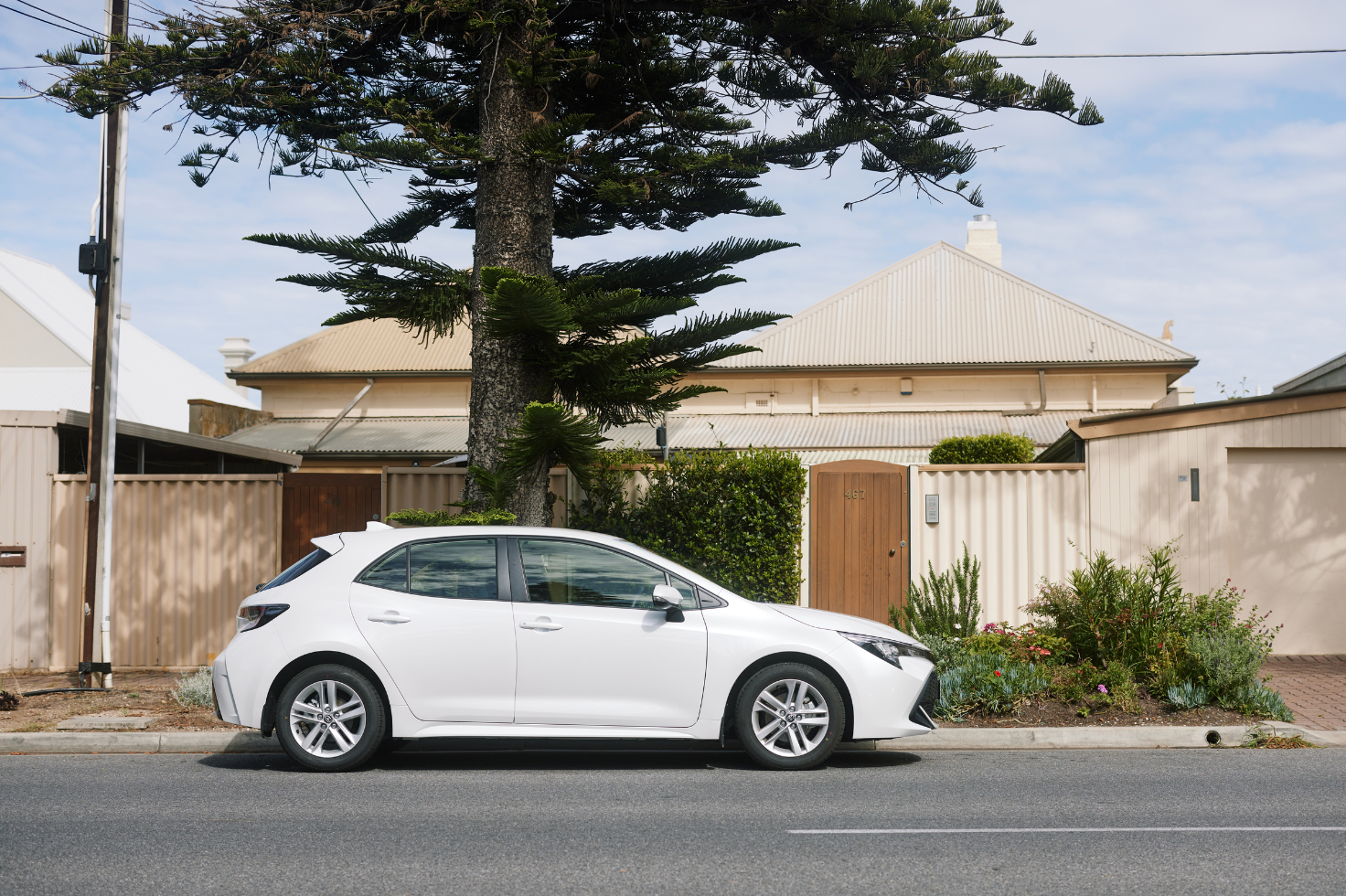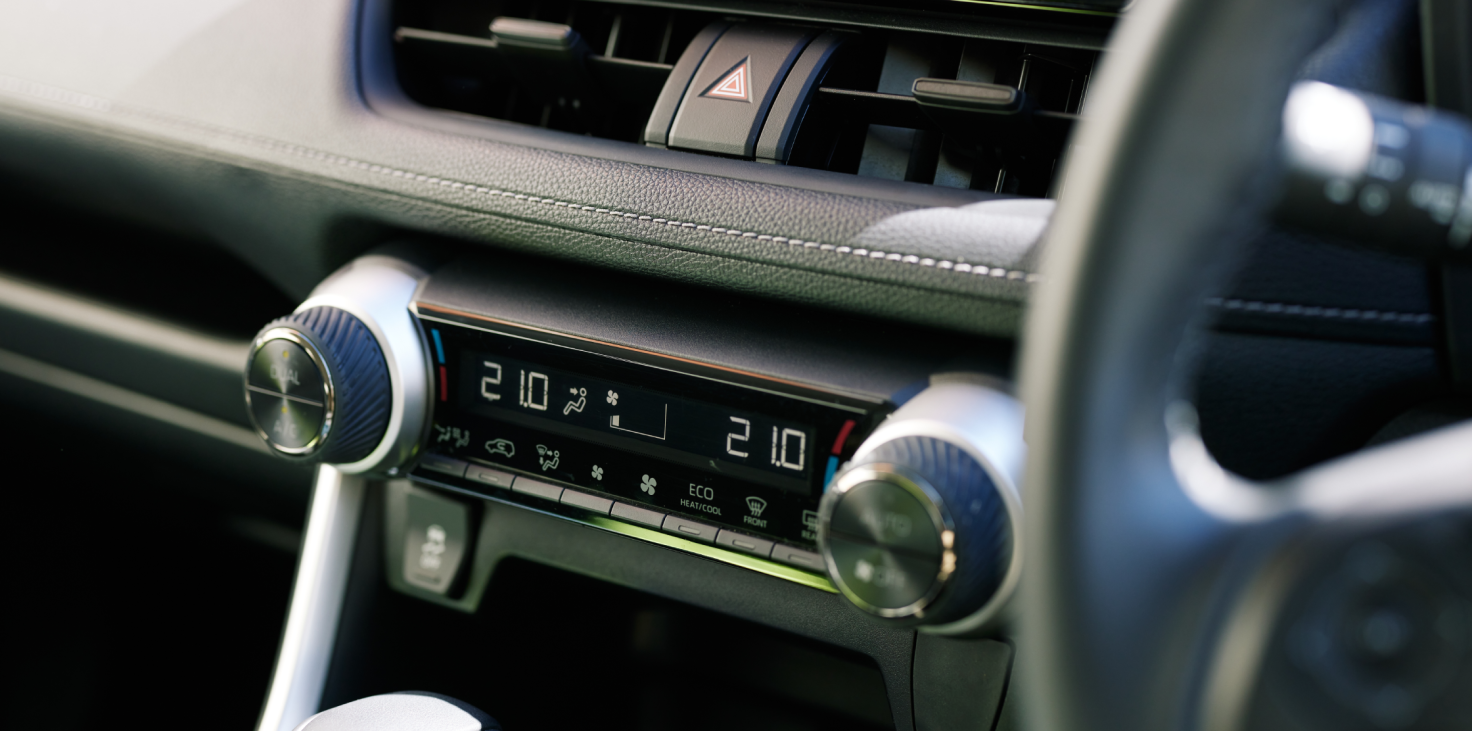This article was originally published in November 2020 and has been updated.
Share this story:
We help you with some simple do’s and don’ts for what you can safely keep in your car, and what’s better off packed as you need it.
Some people treat their car so much like a second wardrobe, they call it a cardrobe.Their boots are packed with clothes, books and other miscellaneous items ‘just in case’. Others take a minimalist approach, with a spotless boot and near empty glove box. Regardless of where you sit on the spectrum, there are some things you can always keep in your car, and some things that are better left behind.
During an Australian summer, the temperature inside of a parked car can rise 20°C above the temperature outside. This means that on a 30°C day, your vehicle could reach up to 50°C, leaving the items you leave inside susceptible to malfunction or permanent damage.
So, here’s our list of five must-haves to keep in your car,and five things to keep out of it.
You never know when you’ll need to treat an injury, so you don’t want the nearest first aid supplies to be too far away. We should all keep a well-stocked first aid kit in our car. You can buy them already made, or build one yourself with band-aids, bandages, sterile gauze, gloves, masks and extra hand sanitizer. Just remember to regularly check the expiration dates to make sure the items are good to go if you need them.
It might seem obvious, but the best place to leave your car manual is inside the car. Manuals contain tips and instructions for using your car, as well as how to decode error lights. In case of an emergency you’re going to want it on hand, and so keeping it in the glove box or the boot will mean it’s always accessible if you need it.
Water can be particularly useful in the event of an emergency when you might be far away from clean water, so it’s always a good idea to have a bottle kept in the car. Because heat can compromise water quality when the water is in a plastic bottle, we suggest a glass or stainless-steel alternative that you can refresh each month.
Occasionally, fires in cars happen, often from the electronics in the dashboard or under the hood. On these occasions, using a small fire extinguisher can help put it out safely before it becomes unmanageable. If you ever need to use a fire extinguisher, remember P.A.S.S; Pull the pin, aim the extinguisher nozzle low, squeeze the handle, and sweep the nozzle side to side until the fire is out.
Besides a handy addition for your next trip to the drive-in cinema, a blanket is also a good item to have in the event of a break down. In the winter, it can be used to keep warm. In the summer, you can use it to sit on or create shade with while you wait. You can also put a blanket on the ground should you need to look underneath your car for damage.
Left in the heat, medication can lose its potency. This means that a ‘dose’ may become weaker than it should be. You should never leave medicine in a hot car long term. Instead, keep it in your bag so that it’s always nearby and not left to bake.
As we mentioned above, sunlight and heat can compromise the quality of water left in a plastic bottle. This is because the heat can break down the plastic, which then leeches into the water you drink. Leaving it in there for one or two days is probably fine, but you don’t want to be drinking water that has been exposed to extreme heat for weeks on end.
The active ingredients in sunscreen can be damaged by heat, making them less effective. Instead, we suggest keeping some by your front door and taking it with you for the day, when needed.
We’ve all seen the warnings that high temperatures can damage our electronics, and it doesn’t get much hotter than inside a car in the Australian sun. High heat can cause irreversible damage to rechargeable batteries of your electronics, making them unable to efficiently maintain charge. If you’ve accidentally left electronics in a hot car, make sure they’ve cooled down before you turn them on again.
Heat is not kind to wine. Wine that has been left in a hot car can ‘cook’. This means that the light fruity flavours can literally become ‘stewed’ notes, changing the taste completely. Worse still, if you have bottles with corks, the heat can expand the liquid, placing pressure on the cork and causing it to push out. This will either result in a sticky mess, or ‘corked’ wine that ages prematurely.
All content on the NRMA Insurance Blog is intended to be general in nature and does not constitute and is not intended to be professional advice.


